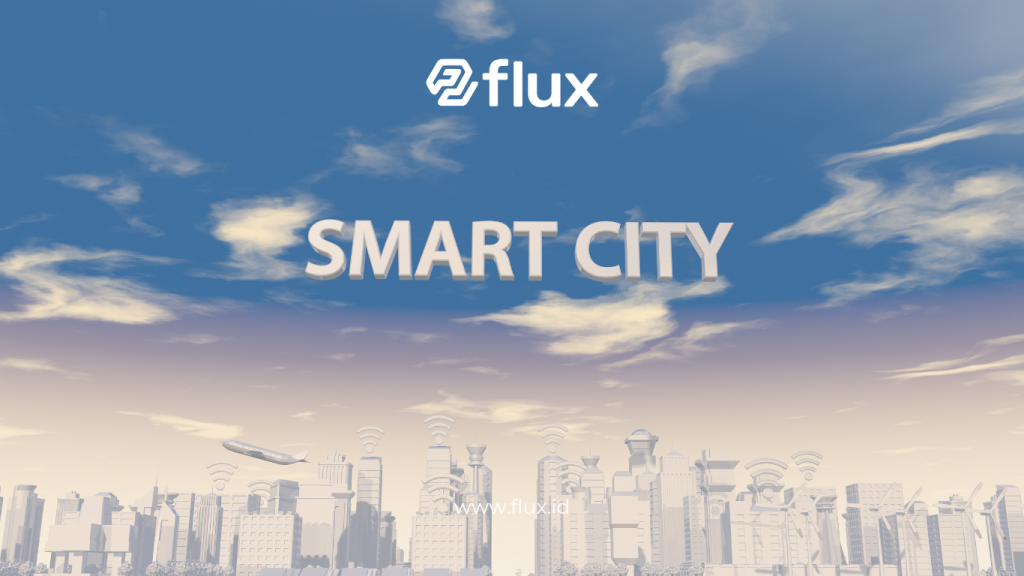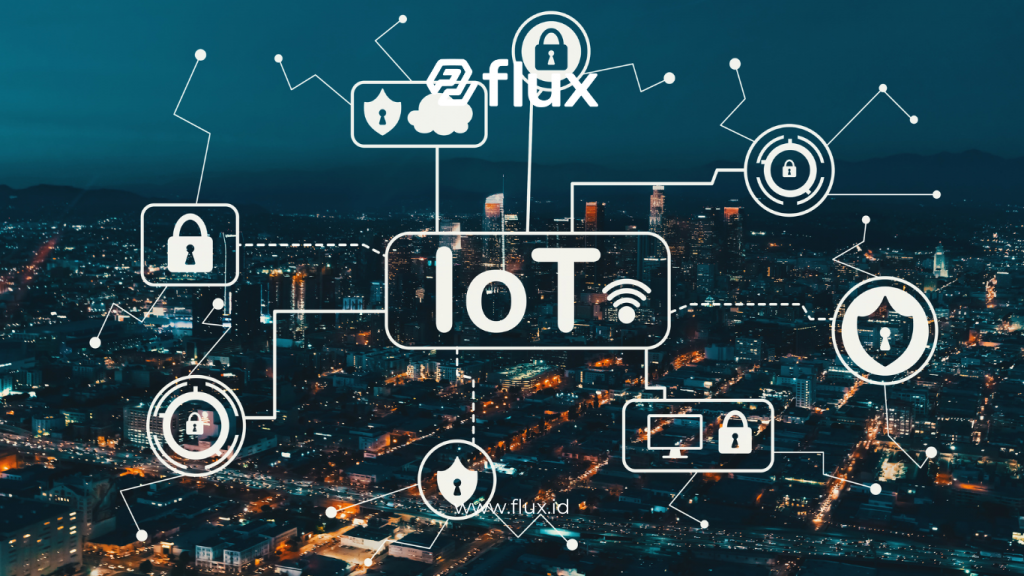Don't miss our holiday offer - 20% OFF!
Cities worldwide are transforming rapidly toward becoming “smart cities.” As technology evolves, particularly the Internet of Things (IoT), future cities aim to offer more efficient public services, resilient infrastructure, and improved living comfort. IoT sensors play a crucial role in optimizing various urban aspects, from transportation to energy management. In this article, we will explore how IoT sensors help optimize infrastructure and public services within smart cities.
Contents
What is a Smart City?

Read More: Smart City Transformation: Understanding the Role of IoT Sensors in Optimizing Urban Infrastructure
A smart city integrates advanced technologies like IoT to enhance citizens’ quality of life. These technologies allow better resource management, such as water, electricity, and transportation. By using IoT sensors, cities can gather real-time data, analyze it, and make swift and informed decisions to improve services.
The Role of IoT Technology in Smart Cities
At the core of smart cities lies IoT sensors. These devices detect and measure various environmental parameters, including temperature, humidity, traffic, and air quality. City governments can utilize this data to identify issues early, implement timely solutions, and enhance service delivery.
Optimizing Infrastructure with IoT Sensors

Read More: Overcoming Strong Winds on Infrastructure with IoT Sensors
Traffic Management
Managing traffic is one of the most significant challenges in large cities. IoT sensors on roads monitor vehicle volume and send data to traffic control centers. Consequently, traffic management systems can dynamically adjust traffic lights, reducing congestion and travel times.
Additionally, IoT sensors support smart parking systems. Drivers can receive real-time information about available parking spots via mobile apps, reducing time spent searching for parking and minimizing air pollution.
Efficient Energy Management
Cities must manage energy efficiently to maintain sustainability. IoT sensors monitor real-time energy consumption, helping authorities identify areas with high usage and optimize power distribution. For instance, smart lighting systems adjust street lights based on activity levels, conserving energy while reducing operational costs.
Monitoring Physical Infrastructure
Urban infrastructure, including buildings, bridges, and roads, requires continuous monitoring to ensure safety. IoT sensors detect potential structural issues, allowing city governments to perform preventive maintenance before severe damage occurs. This not only saves costs but also improves public safety.
Enhancing Public Services with IoT Sensors

Read More: The Role of IoT Sensors in Creating Smart Cities: Enhancing City Efficiency and Security
Water and Waste Management
Efficient water and waste management are vital for any city. IoT sensors can monitor water quality, detect leaks in the distribution system, and optimize water usage. As a result, cities ensure a safe and efficient water supply.
For waste management, IoT sensors provide real-time data on bin fill levels. This enables waste collection teams to optimize their routes, saving time, fuel, and reducing the environmental impact.
Improving Air Quality
Many cities struggle with air pollution, which negatively affects public health. IoT sensors monitor air quality in real time across different areas, allowing authorities to take proactive measures. The collected data can also help identify pollution sources and implement targeted mitigation strategies.
Integrated Healthcare Systems
IoT sensors play a crucial role in enhancing healthcare services in smart cities. Devices such as wearable health monitors enable remote monitoring of patients’ conditions. Integrating this data into hospital systems ensures faster medical responses and more effective care.
Public Safety and Surveillance
City safety significantly improves through IoT-based surveillance systems. Cameras equipped with motion sensors and facial recognition can monitor public spaces, alerting authorities to suspicious activities. By acting swiftly, city officials can ensure a safer environment for citizens.
Moreover, environmental sensors can detect natural hazards such as floods or fires, allowing governments to react more effectively and protect the public from harm.
Challenges and Solutions for Implementing IoT Sensors in Smart Cities

Read More: IoT Sensor: Smart Solution for Industry 4.0 Monitoring
Data Security and Privacy
Data security and privacy remain significant concerns in the implementation of IoT sensors. Since IoT sensors collect large volumes of data, including personal information, cities must prioritize securing that data. Implementing robust encryption, authentication protocols, and continuous security monitoring helps address these issues.
System Integration
Smart cities require seamless integration of various technological systems. IoT sensors, IT infrastructure, and software must communicate effectively. By establishing clear interoperability standards, cities can ensure that different devices and platforms work harmoniously.
Technology Costs and Investment
Although adopting IoT technology involves considerable investment, the long-term benefits—such as operational efficiency and enhanced public services—outweigh the initial costs. To overcome financial hurdles, city governments can collaborate with private sector partners to accelerate technology adoption.
The Future of Smart Cities with IoT Sensors
IoT technology continues to advance at a rapid pace. In the future, cities will become smarter, safer, and more efficient. IoT sensors will not only improve infrastructure and public services but also play a significant role in ensuring sustainability, both economically and environmentally.
Well-managed smart cities will offer a better quality of life to their citizens. Moving forward, we can expect innovations such as autonomous vehicles, more efficient waste management, and better-integrated healthcare systems—all powered by IoT.
Conclusion
The transformation of cities into smart cities depends on IoT sensors. By collecting and analyzing real-time data, IoT sensors enable cities to optimize infrastructure, enhance public services, and create safer, more efficient urban environments. While challenges such as data security and investment costs exist, the long-term benefits of implementing this technology far exceed the obstacles.
IoT sensors are key to realizing the vision of smart cities, where technology improves all aspects of urban life and elevates the standard of living for everyone.





